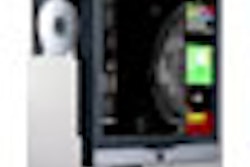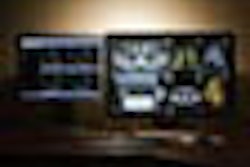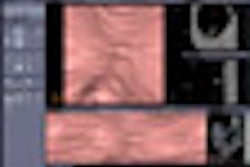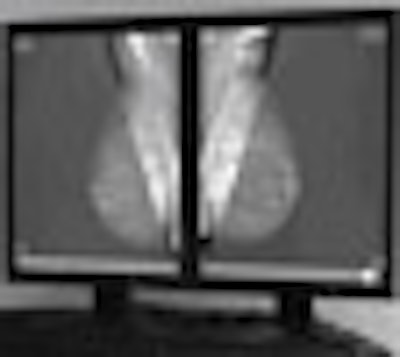
(Booth 1402) Three Palm Software of Los Gatos, CA, will demonstrate both computer-aided detection (CAD) software and a mammography review workstation.
Three Palm is offering its CadOne software to OEM vendors for integration with their own products. CadOne supports multiple types of full-field digital mammography systems, with CAD reports output as DICOM Mammography Structured Report documents that can be viewed on any standard mammography workstation.
CadOne can be installed on a software-only basis and runs on a range of Windows platforms. It can process 120 to 690 cases per hour on a dual-core CPU for a standard four-view study with image resolutions ranging from 25 microns to 100 microns. Custom integration options are available, and the software operates seamlessly in a facility's workflow, according to the company.
Other features include three different operating points for CAD analysis, as well as an unlimited number of views per study. CAD reports include mass density and calcification cluster marks, and they optionally can include information that can be utilized to enhance mammogram viewing capability, such as breast border, pectoral muscle border, nipple position, and outlines of mass densities and calcifications.
CadOne has not yet received U.S. Food and Drug Administration (FDA) approval, according to the company.
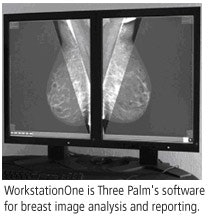
WorkstationOne does not include its own CAD component, but it can display CAD reports from various vendors with approved software.
WorkstationOne features single-click navigation, which Three Palm believes streamlines reading sequences, from opening a study to generating a report. It includes customized mammography-specific reading and hanging protocols for both screening and diagnostic study interpretation, and it also incorporates expert viewing methodology, including Dr. László Tabár's systematic viewing masks for searching for subtle radiographic abnormalities.
The software displays eight current and prior images immediately when the next study is opened, with multiple priors accessible by a single click. Current images are highlighted in all hanging protocols to minimize the risk of misdiagnosis from priors.
WorkstationOne also features full-resolution image navigation using a mouse wheel, as well as visual tracing of pixels that have been viewed. An "electronic grease pen" feature allows radiologists to mark up the image display and automatically generate corresponding mammography recall forms and/or screening reports.
WorkstationOne has received FDA clearance and began shipping in January 2008.




